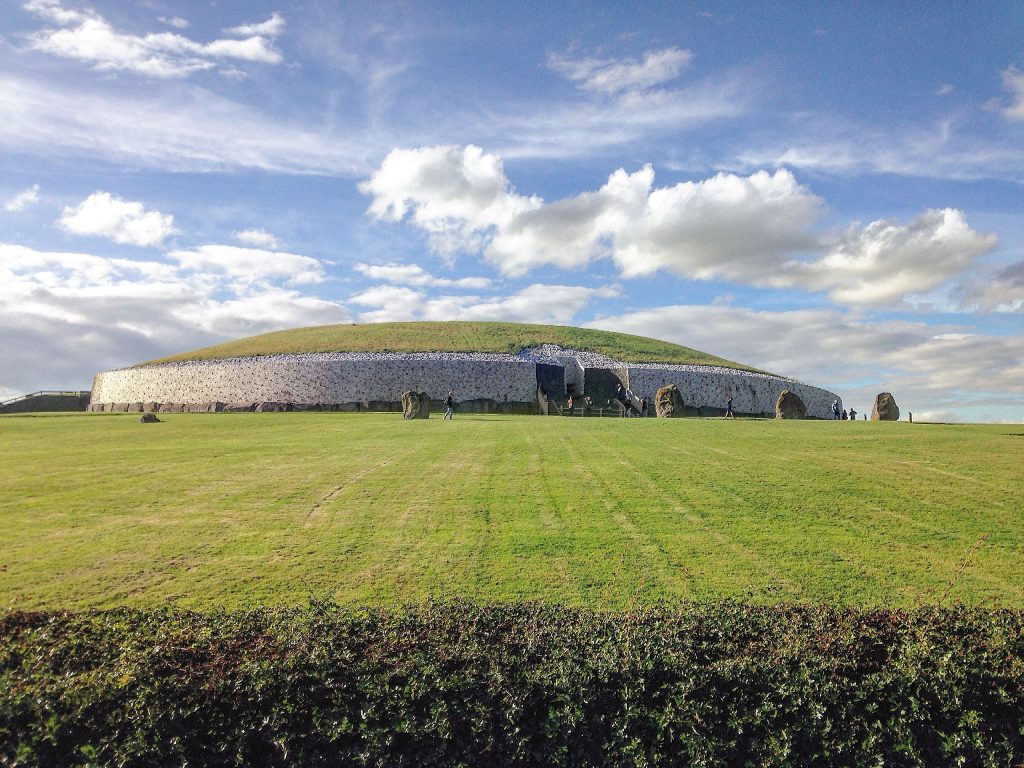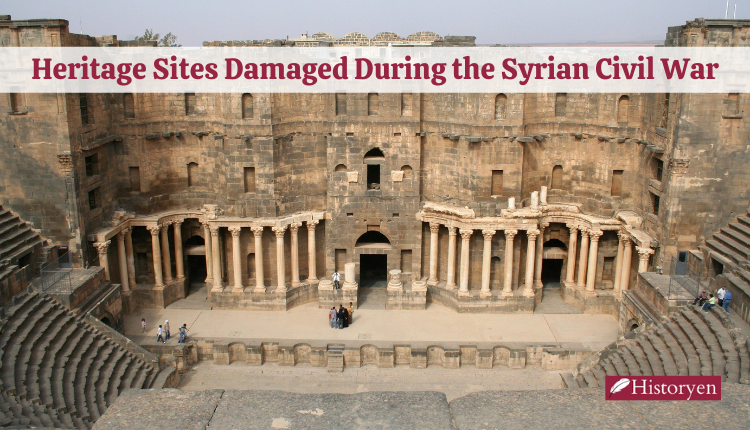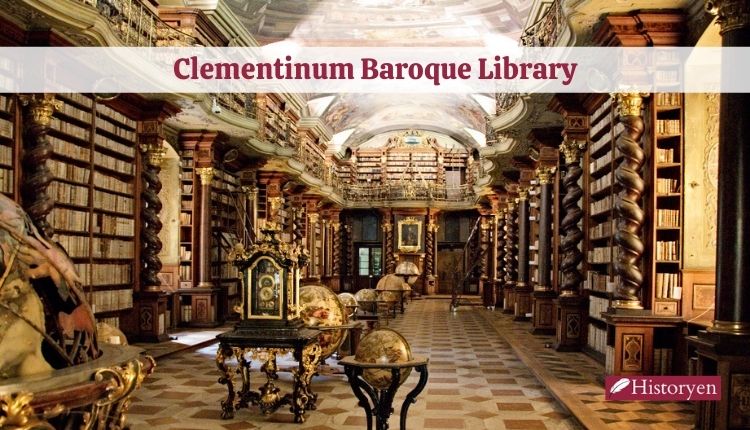In the heart of County Meath, Ireland, stands a testament to ancient ingenuity and mystery – Newgrange. This prehistoric monument, known as Sí an Bhrú in Irish, is perched on a rise overlooking the River Boyne, 8 kilometers west of Drogheda. Let’s delve into the captivating story of Newgrange, a Neolithic marvel that predates Stonehenge and the Egyptian pyramids.
The Enigmatic Structure
Constructed around 3200 BC, during the Neolithic Period, Newgrange boasts an impressive heritage, lasting over 5,000 years. This exceptional passage tomb is the focal point of the Brú na Bóinne complex, a UNESCO World Heritage Site that encompasses Knowth and Dowth, along with various henges, burial mounds, and standing stones.
Newgrange’s structure comprises a large circular mound, featuring an inner stone passageway leading to a cruciform chamber. Within this chamber, archaeologists unearthed burnt and unburnt human bones, potentially grave goods, and votive offerings. The monument flaunts a striking façade adorned with white quartz cobblestones, surrounded by engraved kerbstones, many bearing megalithic art.
Origins Shrouded in Mystery
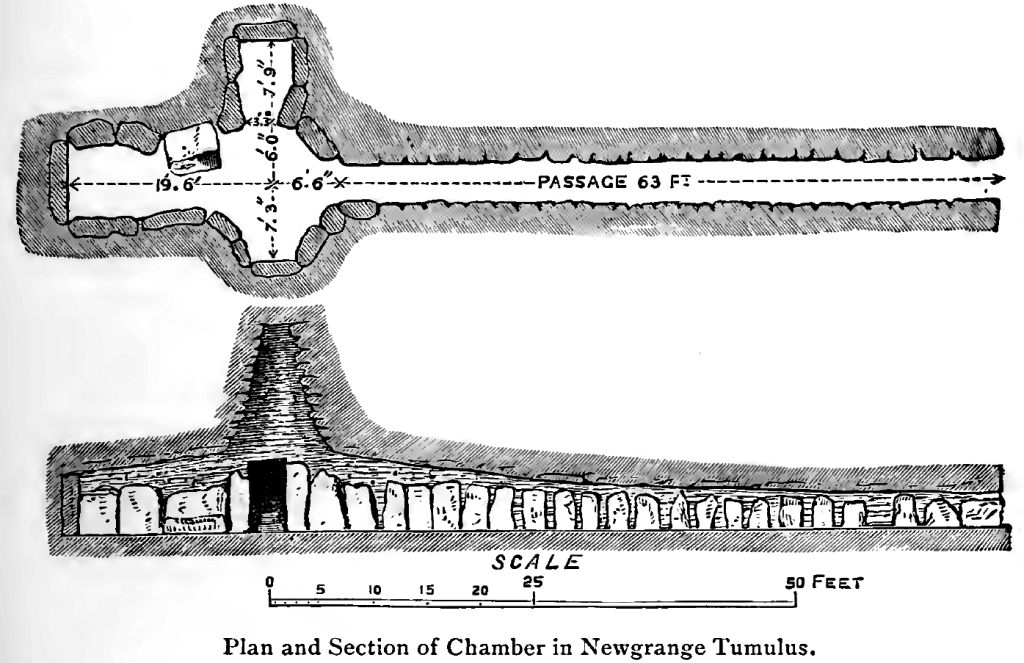
Despite extensive study, the purpose of Newgrange remains enigmatic. Believed to hold religious significance, it aligns with the winter solstice, allowing the rising sun to illuminate the inner chamber through a roofbox above the entrance. Similarities with other European Neolithic monuments, such as Gavrinis in Brittany and Maeshowe in Orkney, add layers to its mystique.
Unraveling the Layers
Mound and Passage
The Newgrange mound, 85 meters wide and 12 meters high, encompasses about 200,000 tonnes of material. Its inner passage, 19 meters long, leads to a central chamber with smaller chambers containing basin stones, hinting at possible burial practices. The carefully arranged orthostats and the absence of smoke traces in the ceiling puzzle researchers.
Standing Stones
Encircling the mound is a circle of standing stones, a Bronze Age addition according to some. Others debate this, pointing to intricate features like timber circles and pits suggesting a more complex timeline of construction and purpose.
Mesmerizing Art
Newgrange’s stone surfaces showcase graphic Neolithic rock art, including circles, spirals, and chevrons. Notably, the triskele-like features on the entrance stone stand out. While interpretations vary, the art’s alignment with astronomy and its possible ritualistic significance add layers to the monument’s narrative.
Neolithic Legacy

Constructed between 3200 and 3100 BC, Newgrange predates Stonehenge and the Great Pyramid of Giza. Geological analysis indicates the origin of materials, such as pebbles from the nearby Boyne river terraces and various stones from distant locations, showcasing the builders’ resourcefulness.
Burials and Artifacts
Excavations revealed both burnt and unburnt human bones in the passage, accompanied by artifacts like marbles, pendants, and bone tools. DNA analysis uncovered intriguing details, suggesting possible royal connections and intricate social dynamics.
Celestial Alignment
Debates persist about Newgrange’s purpose, with theories ranging from a “cult of the dead” to an astronomically inspired faith. The winter solstice alignment, where sunlight bathes the inner chamber, fuels discussions about the monument’s role in ancient rituals and beliefs.
Tuatha Dé Danann Connection
In Irish mythology, Newgrange is intertwined with the divine Tuatha Dé Danann, often referred to as Síd in Broga. Myths narrate tales of the Dagda, chief god, and Aengus, his son, adding a mythical layer to Newgrange’s significance.
Winter Solstice Illumination
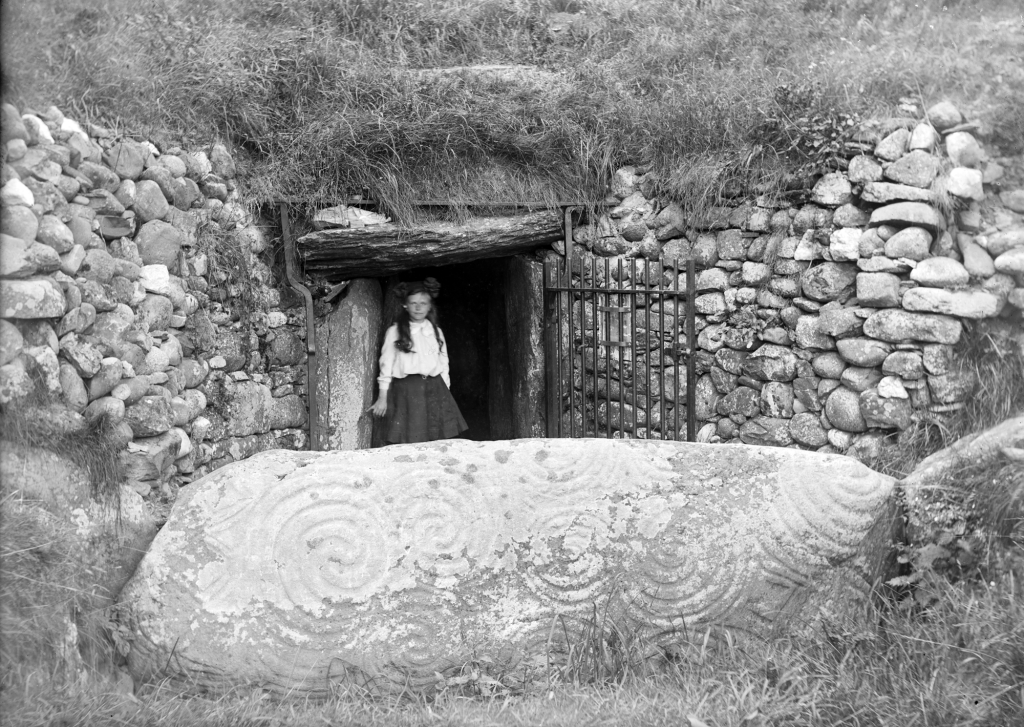
Myths intertwine with astronomy, suggesting that the winter solstice illumination represents the rebirth of the sun. The tales of Brú na Bóinne, including the Dagda’s manipulation of time, hint at the sacred site’s association with celestial events.
Conservation Efforts
In the late 19th century, Newgrange faced decay and vandalism. Restoration and conservation efforts, led by figures like Thomas Newenham Deane, aimed to preserve this ancient marvel. However, controversies surround aspects like the reconstructed façade.
